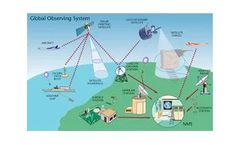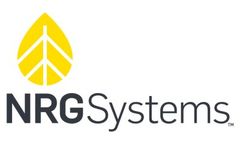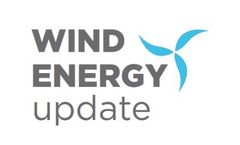Refine by
Wind Resource Assessment Articles & Analysis
13 articles found
What is a reanalysis? Reanalysis integrates model data with observations worldwide to create a globally comprehensive and consistent dataset through the application of physical laws. This process, known as data assimilation, mirrors the methodology employed by numerical weather prediction centers. At regular intervals (e.g., every 12 hours at ECMWF), a previous forecast is merged with newly ...
In wind energy projects, obtaining precise and reliable wind resource data is crucial, yet the available data often remains limited in both time and space. To extend this data into the long term, integrating real-world measurements with model results becomes essential. This study demonstrates the process of improving modelled turbulence using observational data and calibrating high-resolution ...
A pertinent task during wind power project development studies is the post-processing analysis of the wind resource simulation results. There is widespread interest in extracting more information from typical commercial software – like WindSim, OpenWind, Meteodyn, WAsP – at a minimal cost during the prospection and/or the development stage of some wind power project. The current paper ...
Vortex identification is a non-consensual point of discussion among fluid mechanics researchers. Classical criteria such as Q and delta are hereby confronted with a new definition. A pertinent task for wind power project development studies is the post-processing analysis of the wind resource simulations in order to improve the project design. There is a large interest in extracting more ...
The main objective of this paper is to investigate some key issues related to the atmospheric stability for the development of wind power projects, aiming to contribute to increase the reliability of this source and its safe insertion into the energy matrix. ...
How procurement strategies, manufacturing costs and new technology stack up against development risk in Offshore Wind Projects. Offshore wind is changing, and it is changing for the better. ...
Basically, the wind turbine power curves change with wind speed as well as several other environmental conditions, e.g. air density, wind shear, turbulence, inflow angle. ...
Two very practical questions have to do with how WINDCUBE® Lidars might affect overall wind resource assessment (WRA) campaign duration and also whether frequent relocations of the device are warranted. ...
The accuracy, consistency, and yes, safety of measurement data keep many wind developers and analysts up at night. Customers often ask about the digital and physical security of RNRG instruments, so I sat down with Michael Fisher, product manager for our wind resource assessment (WRA) line, to get answers to the most common ...
To select the right offshore wind site, estimate the future energy output of a wind farm, and determine the best layout for the turbines, project developers must conduct wind resource assessment (WRA) campaigns on site. ...
“Wind resource assessment is finally moving away from the limitations of a laptop, which is allowing a full representation and modeling of the complexities of weather and the quantification of uncertainty and risk,” says Storck. ...
Eirik Byklum, Statoil, has commented that: “developers have learnt the hard way that poor conditions on the sea bed can have a very negative impact – they are much more aware of this and its cost implications” How important are seabed conditions for your offshore wind business? Alongside distance to shore, water depth, and wind conditions, ...
This paper is a modest attempt to study the growth and performance of wind farms in India. India occupies the 5th place in the world in wind energy generation after Germany, the USA, Denmark and Spain, and has an installed capacity of more than 2485 MW of wind energy, comprising both commercial projects (2418 MW) and demonstration projects ...








